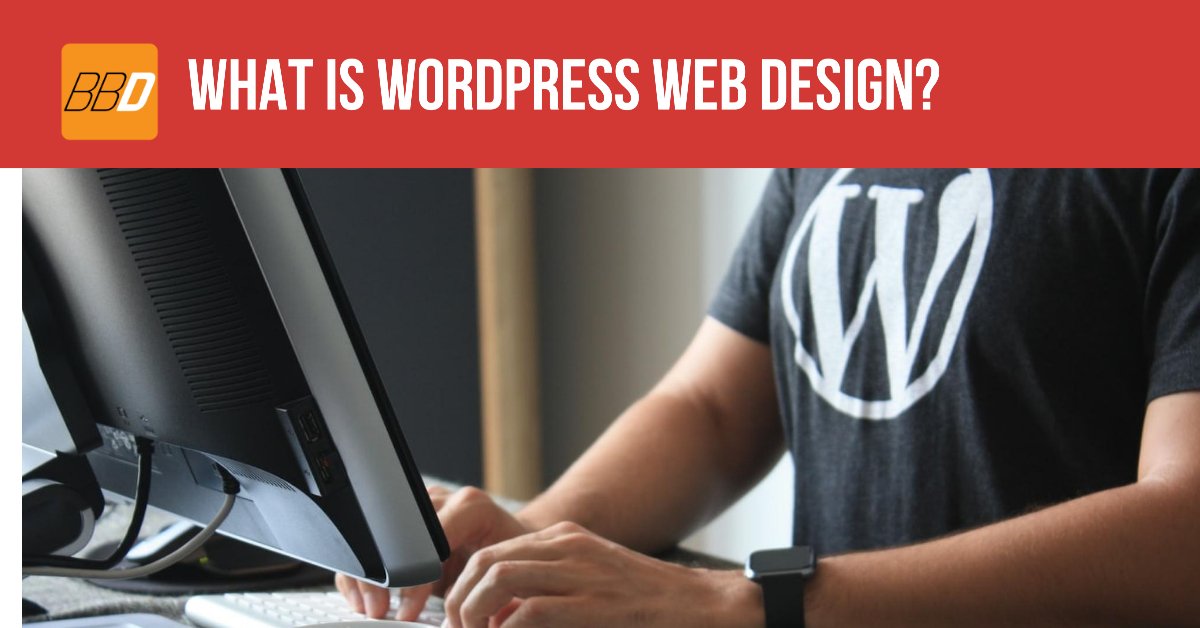Internet users today spend more time browsing pages. They are exposed to design elements everyday. They’ve developed their own set of expectations. It’s our job as site owners to create a website design that meets these expectations and doesn’t let them down.
Let’s look at common web design mistakes to avoid in 2020 to keep users happy and have a more effective website.
1. Using Navigation Too Complicated For Users
When people land on your website, they are looking for information. It may be they want to know something specific, like how to contact you, or they are looking to get a feel for your company and what you offer.
Whether they are looking for something specific or vague, they are going to surf around by clicking through your navigation.
It’s a common mistake to create complicated navigation for the sake of an interesting looking design or because the designer is unclear on what information is top priority for site users. Link what’s most important in your main navigation, label things clearly, and make it easy and instinctive for site visitors to get to know your business better.
2. Relying on Sliders For Your Home Page
This was a common trend for many years but in 2020 we don’t want to rely on this too much. If you love your sliders and are using them well, there are always exceptions! But if you are relying on your sliders to tell customers important information about products and benefits, you’re missing out.
Today’s internet users have less focus than ever before. If something interesting doesn’t catch their eye, they’re not going to watch through the sliders to wait for something interesting to appear.
Be concise. Keep interesting information where users can see it.
3. Not Using Headers
Header tags are a great way to make your most important information clear for users to see. It’s also a great way to get the most important information written on your page, where search engines like Google can see it.
4. A Lack of Contact Information
A lot of your customers are going to want to contact you. If that’s not easy to do, they’ll find someone else they can contact easily.
Having easy to find contact information also improves trust. If they can easily get a hold of you, you’re likely a real person and legitimate business.
5. Slow Loading Pages
As previously mentioned, internet users in 2020 expect a design to load fast. When a lot of users bounce from your page to find a site that loads quickly, Google will take notice and start lowering your site ranking.
You can use our free Page Performance Tools to check how your page loading speed and size.
Takeaway: Great Site Design Means a Great User Experience
As you scan over this list, you may notice a theme in how these mistakes can be detected. You need to always be thinking about the user experience. How did users come to your site? What are they looking for? What actions do you hope to lead them to?
Happy site users are more likely to be repeat visitors. Keep your users happy and they’ll come back to you for information, and hopefully to do business in the future.







